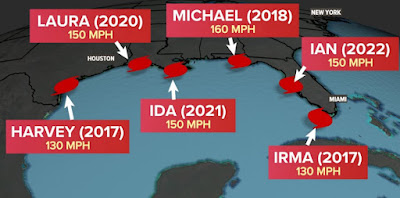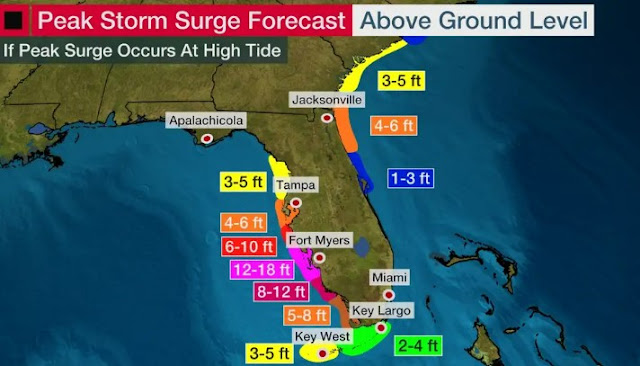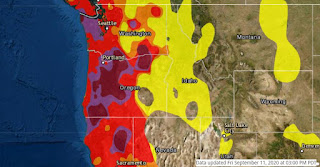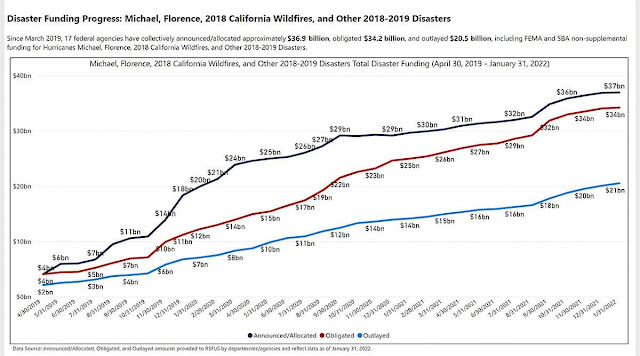The Bobcat Fire was one of California’s most devastating wildfires of 2020. Burning across the rugged Angeles National Forest northeast of Los Angeles, the fire consumed more than 115,000 acres, destroyed homes, forced tens of thousands to evacuate, and left behind a scarred landscape that residents still feel today.
After a lengthy investigation, officials determined that the fire was caused by tree branches making contact with overhead power lines owned and operated by Southern California Edison (SCE). This conclusion underscores a troubling pattern in California’s wildfire history, where electrical equipment and vegetation management failures have combined to trigger catastrophic blazes.
How the Fire Started
In September 2020, strong winds swept through the San Gabriel Mountains. Investigators with the U.S. Forest Service and CAL FIRE later discovered that swaying tree limbs had struck energized SCE power lines, creating sparks that ignited the surrounding dry brush.
California was already in the grip of drought and record-breaking heatwaves, leaving the region’s vegetation extremely flammable. The combination of electrical sparks, high winds, and dry fuel created the perfect conditions for a fast-moving wildfire.
The fire quickly spread through the Angeles National Forest, fueled by thick chaparral and pine forests that had not seen major burns in decades.
Timeline of the Bobcat Fire
-
September 6, 2020 – Fire first reported near Cogswell Dam in the San Gabriel Mountains.
-
Mid-September – Flames spread toward foothill communities, forcing mandatory evacuations in Arcadia, Monrovia, Duarte, Azusa, and Sierra Madre.
-
September 18 – Fire jumps Highway 2, threatening the Mount Wilson Observatory and nearby communication towers. Firefighters defend the historic site with fire retardant and back burns.
-
Late September – Fire expands into Antelope Valley, destroying dozens of homes in Juniper Hills.
-
October 2, 2020 – The Bobcat Fire is declared fully contained after scorching 115,796 acres.
Destruction and Impact
The Bobcat Fire left widespread devastation:
-
Homes destroyed: 171 structures completely lost, with another 47 damaged.
-
Evacuations: More than 100,000 residents were forced to flee.
-
Historic sites at risk: Mount Wilson Observatory, home to world-famous telescopes, was nearly consumed by flames.
-
Environmental loss: Thousands of acres of old-growth forest, habitat for endangered species such as the California spotted owl, were destroyed.
-
Air quality crisis: Smoke from the fire blanketed the Los Angeles Basin for weeks, triggering health advisories and worsening respiratory problems during the COVID-19 pandemic.
The fire was one of the largest in Los Angeles County’s history and cost more than $100 million in firefighting and recovery expenses.
Investigation Findings
Following a multi-year investigation, the U.S. Forest Service determined in 2022 that tree branches contacting SCE power lines ignited the blaze. The agency also pointed to failures in vegetation management and electrical infrastructure hardening, both of which utilities are legally required to maintain in high-risk fire zones.
SCE did not dispute that its equipment was involved. Instead, the utility acknowledged the role of its power lines but emphasized that it had been working to upgrade infrastructure and reduce wildfire risk across its service territory.
Southern California Edison’s Liability
The Bobcat Fire added to the growing list of wildfires linked to California utilities. Under California law, utilities can be held financially liable for wildfires caused by their equipment, even if they were not negligent—a legal doctrine known as inverse condemnation.
SCE has since faced lawsuits from residents, local governments, and insurance companies seeking billions in damages. In 2023, the utility reached settlements with several parties, though litigation continues for others.
The case highlights the difficult position of California utilities: they must provide power through vast networks of overhead lines that run through fire-prone landscapes. Upgrading these systems—whether by burying lines underground, insulating them, or expanding tree-trimming programs—requires billions of dollars and years of effort.
Broader Pattern of Utility-Caused Wildfires
The Bobcat Fire is not an isolated event. Other major California wildfires have also been traced back to utility equipment:
-
Camp Fire (2018): Sparked by Pacific Gas & Electric (PG&E) transmission lines, it destroyed the town of Paradise and killed 85 people.
-
Thomas Fire (2017): Linked to Southern California Edison equipment, it burned over 280,000 acres in Ventura and Santa Barbara counties.
-
Woolsey Fire (2018): Also attributed to SCE, this blaze destroyed nearly 1,600 structures across Los Angeles and Ventura counties.
These disasters highlight the urgent need for infrastructure modernization, improved vegetation management, and stricter oversight of utility operations.
Community Fallout
For the foothill communities of Los Angeles County, recovery from the Bobcat Fire has been slow. Many residents lost homes, personal belongings, and in some cases, entire neighborhoods. Insurance disputes and rebuilding delays stretched on for years.
Ecological damage also remains evident. Burn scars across the San Gabriel Mountains increased the risk of flooding and mudslides during subsequent rainy seasons. Several popular hiking trails and campgrounds were closed for extended periods, impacting tourism and local businesses.
Psychologically, the fire left a lasting mark. Residents expressed fear of living in a landscape where a single spark can threaten lives and property within minutes.
Lessons Learned
The Bobcat Fire reinforced several key lessons in California wildfire management:
-
Vegetation management is critical. Even well-trimmed lines can become hazardous when branches are not cleared far enough away from power lines.
-
Utilities must harden infrastructure. Traditional overhead wires are especially vulnerable in high-wind, high-fire-risk zones. Insulated lines and undergrounding are costly but essential.
-
Community preparedness saves lives. Evacuation planning, fireproof building materials, and public alert systems proved vital in preventing mass casualties.
Moving Forward
In the aftermath of the Bobcat Fire, SCE has pledged to accelerate safety investments, including:
-
Installing covered conductor wires that are more resistant to sparking.
-
Expanding Public Safety Power Shutoffs (PSPS) during extreme fire conditions.
-
Increasing vegetation clearance zones around power lines.
-
Piloting undergrounding projects in the most at-risk communities.
At the state level, California continues to invest in wildfire resilience through early detection technology, improved firefighting resources, and stricter building codes in wildland-urban interface zones.
Conclusion
The Bobcat Fire was a painful reminder of how vulnerable California remains to utility-sparked wildfires. Tree branches brushing against power lines may seem like a minor incident, but in the state’s dry and windy conditions, it was enough to ignite one of Los Angeles County’s largest wildfires in history.
As lawsuits continue and recovery drags on, the fire stands as both a tragedy and a warning. Preventing the next disaster will require billions in investment, stronger oversight of utilities, and collective responsibility to adapt to a future where fire is no longer a seasonal threat, but a year-round danger.




















